What Is Dressing of Stone?
Important Point
Dressing of stone is a process of providing a proper shape, size and smooth finish to the rough-surfaced broken stone which is collected from a quarry.
This process is done by either hand tools or machinery. Hand tools are used as a pickaxe, chisel etc. Stone dressing process is required more technical skilled labours and fair understanding of drawing, materials and specifications.
Also, Read: What Is Quarrying of Stones | Methods of Quarrying | Selection of a Site for Quarrying of Stones
Objects of Dressing of Stone
- Reduce the size: The big sizes of rock pieces are needed to reduce its size in a lift-able size piece, that’s why it needs the size correction.
- Proper shape: The proper shape of the stone is required because the stone is used in a different place like foundation, arch, floors etc.
- Proper finish: Stones are mainly used in for decoration purpose that’s why it needs a proper glossy finish.
Also, Read: Tests on Stones | Crushing Strength Test, Water Absorption Test, Abrasion Test, Impact Test, Acid Test
Stages in the Dressing of Stone
- Sizing: Sizing is the process where we remove the extra portion of a stone by hand tools like hammer, chisel etc. It’s done to give a stone to a proper shape.
- Shaping: Shaping is the process where we remove the sharp sides of a stone block.
- Planning: Planning is the advanced type of dressing where the stone is cleaned of all kind of irregularity.
- Finishing: Finishing of stone is the process of rubbing of the stone surface by silicon carbide.
- Polishing: It is the last stage if dressing and polishing are done only on marble, limestone and granite.
Also, Read: Properties of Stones | Requirements of Good Building Stones
Types of Dressing of Stone:
There are so many types of dressing exist, those are-
- Pitched Dressing:
- Hammer Dressing:
- Chisel Drafting:
- Rough Tooling:
- Punched Dressing:
- Close Picked and Fine Tooling:
- Boasted Finish:
- Scabbling:
- Reticulated Finish:
- Vermiculated Finish:
1. Pitched Dressing:
The edges of the stone block is levelled with a hammer in pitched dressing.
2. Hammer Dressing:
In this type of dressing process, the large part of the rocks are levelled with a hammer but due to hammering hammer marks are shown in the rock.
Hammer dressed stones do not have any sharp edges, and it’s perfectly fitted in the masonry. Those blocks are square in shape, and vertical sides are 8 to 10 cm from the face.
Hammer dressing process is done by Waller’s hammer.
3. Chisel Drafting:
In the chisel drafting method, drafts and groove are made at all the four edges, and extra stone at the centre is also removed by this method.
4. Rough Tooling:
Rough tooling is the process where the edges are squared by hammer and chisel. Then all the series of the groove is created with this method.
5. Punched Dressing:
This dressing method of stone 1 cm vertical or horizontal groove is sunk into the stone.
6. Close Picked and Fine Tooling:
To get a refined surface, a punched stone is again dressed. This method gives you a fine texture and attractive look.
7. Boasted Finish:
In this method stone covered with parallel marks through their direction. This marks may be horizontal or angle.
8. Scabbling:
This type of method is done in the query, and irregular edges of the stone are broke by scabbling.
8. Reticulated Finish:
This is done when 2 cm wide margin on it’s aside. 6 mm deep sunk is done.
9. Vermiculated Finish:
In this finish, there is more curved and worm-eaten type appearance. It is not more popular because it required a lot of labours.
Also, Read: Properties of Stones | Requirements of Good Building Stones
Types of Dressing of Stone
- Pitched Dressing:
- Hammer Dressing:
- Chisel Drafting:
- Rough Tooling:
- Punched Dressing:
- Close Picked and Fine Tooling:
- Boasted Finish:
- Scabbling:
What Is a Dressing Stone?
Dressing of Stone is the working of quarried stone into the shape and size required for use. This can be necessary as stones obtained from quarrying generally do not have the exact required dimensions or finish. Axed: Hard stones such as granite are dressed using a stone axe.
Dressed Stone
A stone that has been worked to a desired shape; the faces to be exposed are smooth, usually ready for installation.
What Is the Purpose of Dressing of Stones?
Dressing of stone is a process of providing a proper shape, size and smooth finish to the rough-surfaced broken stone which is collected from a quarry.
Which Stone Does Not Required Dressing?
Quarry faced finished stones are stones which have smooth surface and do not require any dressing. These types of stones are sometimes directly available from quarrying. These are also called as self-faced stones or rock faced stones.
What Is Dressing Stone Made Of?
A dressing stick is simply a compressed stick of aluminum oxide abrasive. The grit size of a dressing stick can vary depending on the task that is required of it.
What Is Quarrying and Dressing of Stones?
The process of taking stones from the natural bed is known as ‘Quarrying‘. The operation of stone dressing is generally carried out at the site of quarry so as to reduce the transportation cost. Once quarried, the stones are cut into the suitable size and surface finishes. This process is termed as dressing of stones.
Types of Stone Dressing Techniques
The different types of dressing of stones are,
- Hammer Dressed or Quarry-faced Surface.
- Rough tooled surface.
- Tooled Surface.
- Cut stone Surface.
- Rubbed Surface.
- Polished Surface.
Stone Dressing Tools and Equipment
Stone dressing is the process of shaping and finishing stones for various construction and artistic purposes. It involves using specialized tools and equipment to cut, shape, and smooth the surfaces of stones. Here are some commonly used stone dressing tools and equipment:
- Chisels: Chisels are essential tools for stone dressing. They come in various sizes and shapes, such as point chisels, pitching chisels, and claw chisels. Chisels are used to cut and shape the stone by striking them with a hammer.
- Hammers: Hammers are used in combination with chisels to strike and shape the stone. Different types of hammers are used, including masons’ hammers, pitching hammers, and club hammers. These hammers have different weights and shapes, allowing for precise control and force during stone dressing.
Traditional Stone Dressing Methods
Polished: Usually for marbles, granites and so on. Punched: A machine depresses the stone surface creating hollows and ridges. Reticulated: A margin is left around the surface, and irregular shapes formed in the finish. Rusticated: A rough or patterned surface is cut into the visible face of masonry blocks.
Stone Dressing Vs. Stone Carving
Stone dressing and stone carving are two distinct processes related to working with stones, but they serve different purposes and involve different techniques. Here’s a comparison between stone dressing and stone carving:
Stone Dressing:
Stone dressing refers to the process of shaping and finishing stones for construction purposes, such as in the construction of buildings, walls, or pavements. The main goal of stone dressing is to prepare the stones for structural or decorative use. Stone dressing typically involves:
Stone Carving:
Stone carving, on the other hand, is a more artistic and creative process that involves sculpting stones to create decorative or ornamental objects. Stone carving is typically done for artistic purposes, such as sculptures, reliefs, monuments, or decorative architectural elements. Stone carving involves:
Stone Dressing Process for Construction
The dressing of stone is generally done using hand tools like Chisel, Pickaxe etc using heavy machines or blasting using explosives. Once quarried, the stones are cut into the suitable size and surface finishes. This process is termed as dressing of stones.
Dressing of Stone Is Done
The process of giving a proper size, shape, and finish to the roughly broken stones as obtained from the quarry is known as “Dressing of stone.” The extraction of suitable stones from their natural rock beds or layers is commonly called Quarrying of Stones.
Define Dressing of Stone
……… A process of providing a proper shape, size and smooth finish to the rough-surfaced broken stone which is collected from a quarry.
What Is Dressing of Stone?
A process of providing a proper shape, size and smooth finish to the rough-surfaced broken stone which is collected from a quarry.
What Is Dressed Stone?
Dressing of Stone is the working of quarried stone into the shape and size required for use. This can be necessary as stones obtained from quarrying generally do not have the exact required dimensions or finish.
What Is a Dressing Stone?
Abrasive accessories, like Grinding Stones, wear down and change shape from repetitive use. The Dressing Stone is used to clean and reshape grinding and sharpening accessories to keep them flat, sharp and running smoothly to maximize their grinding performance.
What Is a Dressing Stone Used For?
The Dressing Stone is used to clean and reshape Grinding & Sharpening accessories to keep them flat, sharp and running smoothly to maximize their grinding performance.
Quarrying and Dressing of Stone
What is Meant by Stone Dressing ? The stone dressing is a process of surfacing and shaping of rocks available naturally. The place where the rocks are abundantly available is called as a quarry. The process of taking stones from the natural bed is known as ‘Quarrying’.
Boasted Finish of Dressing Stone Is
Boasted finish is also called as droved finish. This type of finish contains intermittent parallel lines which are horizontal or vertical or inclined. This finish is obtained by a tool called boaster which have an edge of width about 60 mm.
Like this post? Share it with your friends!
Suggested Read –
- Washer Types
- What Is Survey Levelling | Important Terms Related to Levelling | What Are Different Types of Levelling | Types of Trigonometric levelling
- Emulsion Paint Vs Oil Based Paint | Purpose of Providing Paints | Properties of Good Paint | Properties of Good Paint | What Is Oil Based Paint
- Building Layout | How to Building Layout | What Is Method of Layout of Building | Control Lines of Construction | Construction Layout
- Definition of Shear Force and Bending Moment | What Is Shear Force | What Is Bending Moment | Relation Between Loading, Shear Force & Bending Moment
- What Is Road Pattern | Different Types of Road Patterns | Grid Pattern Definition | Radial Pattern | Rectangular or Block Pattern | Minimum Travel Pattern
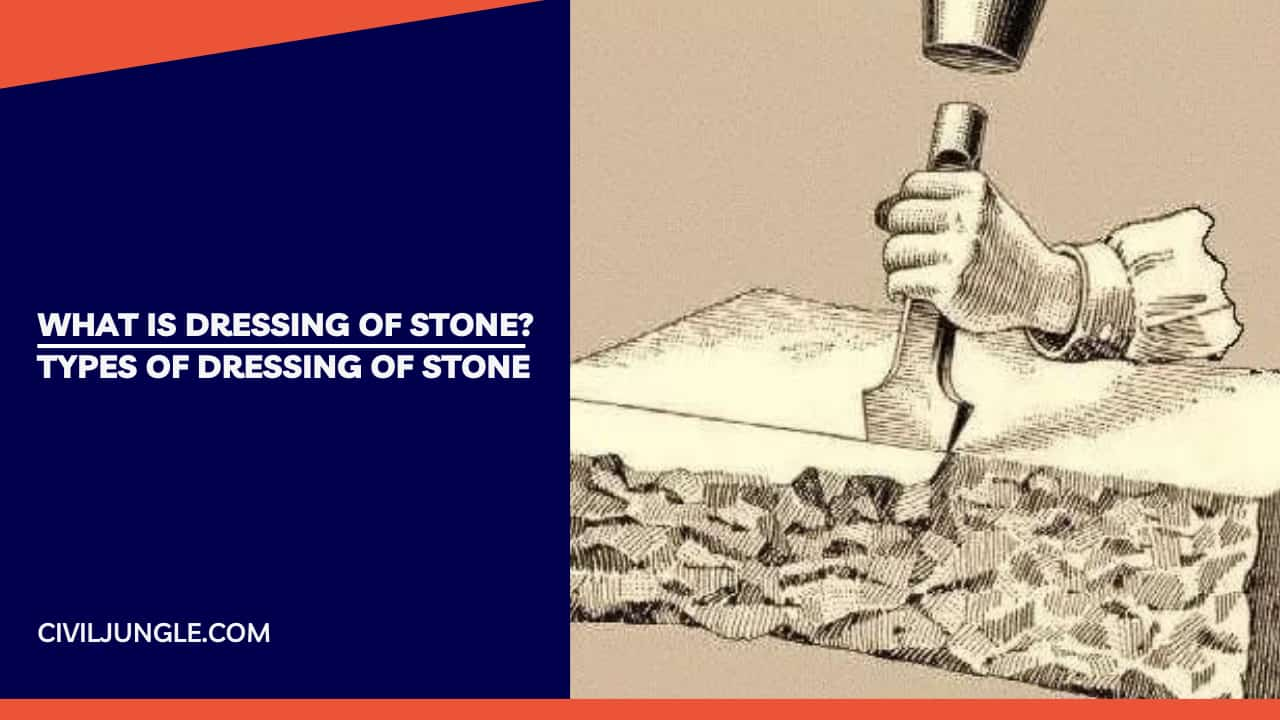
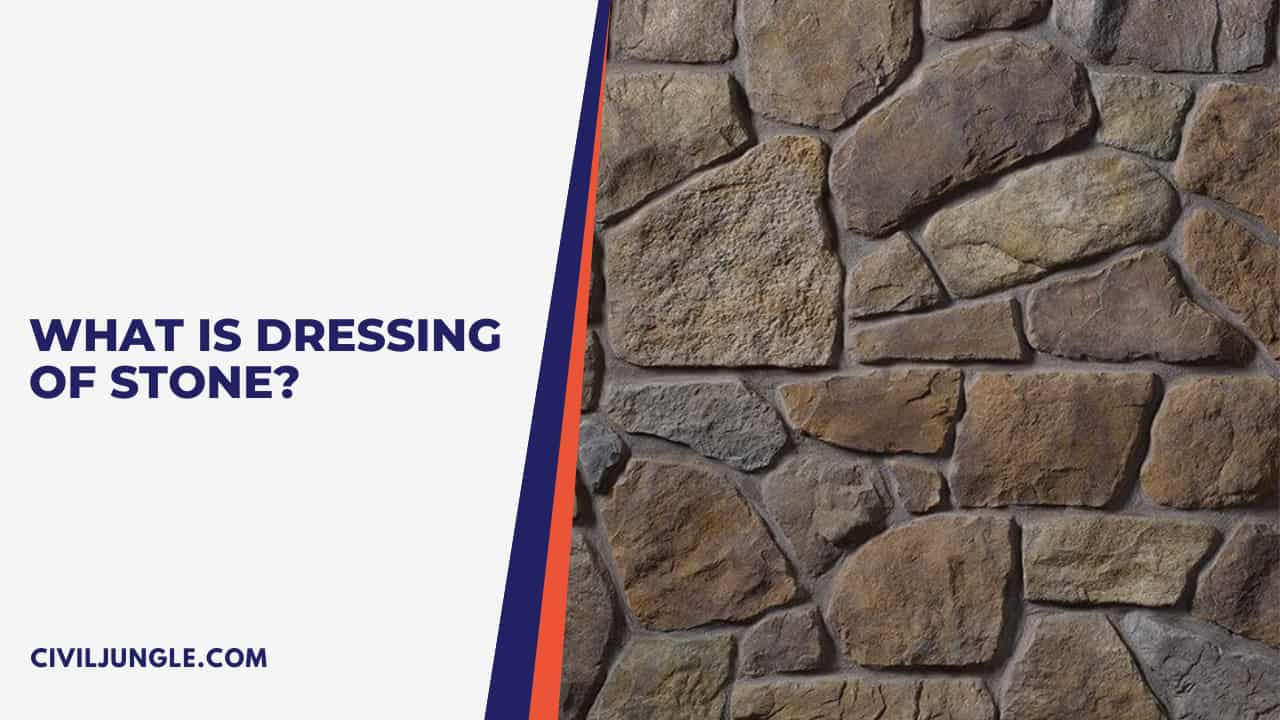
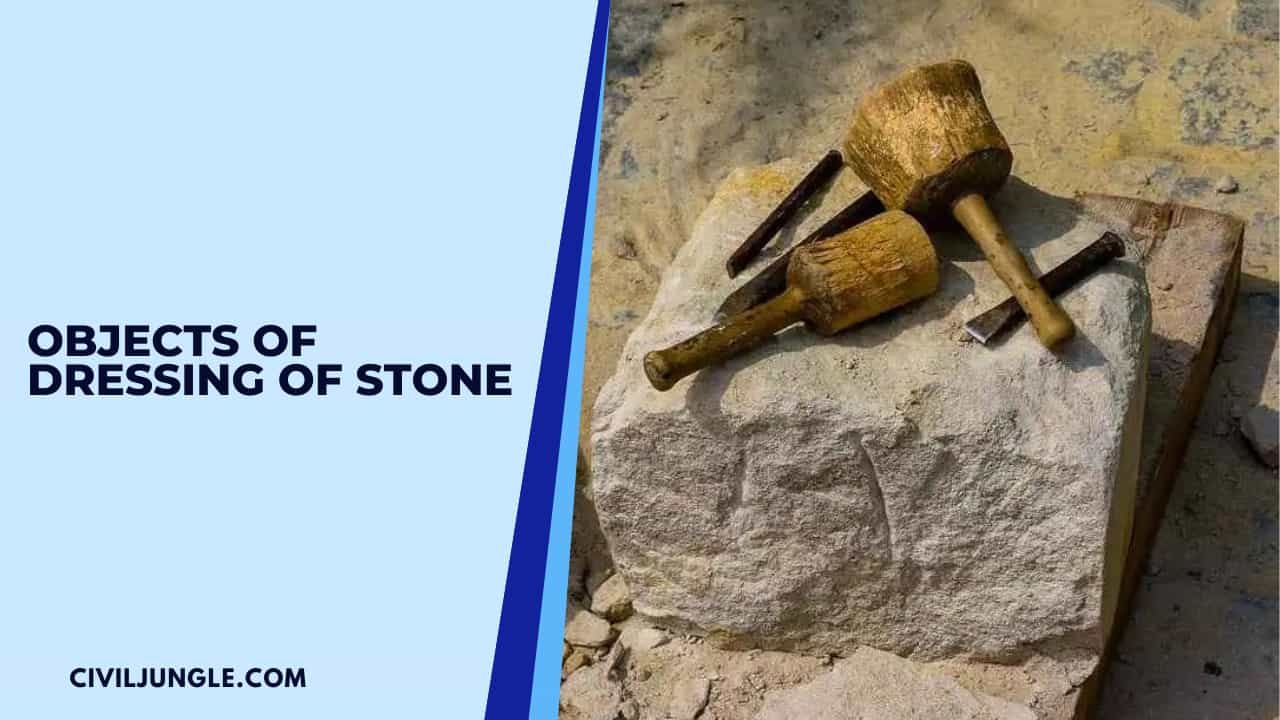
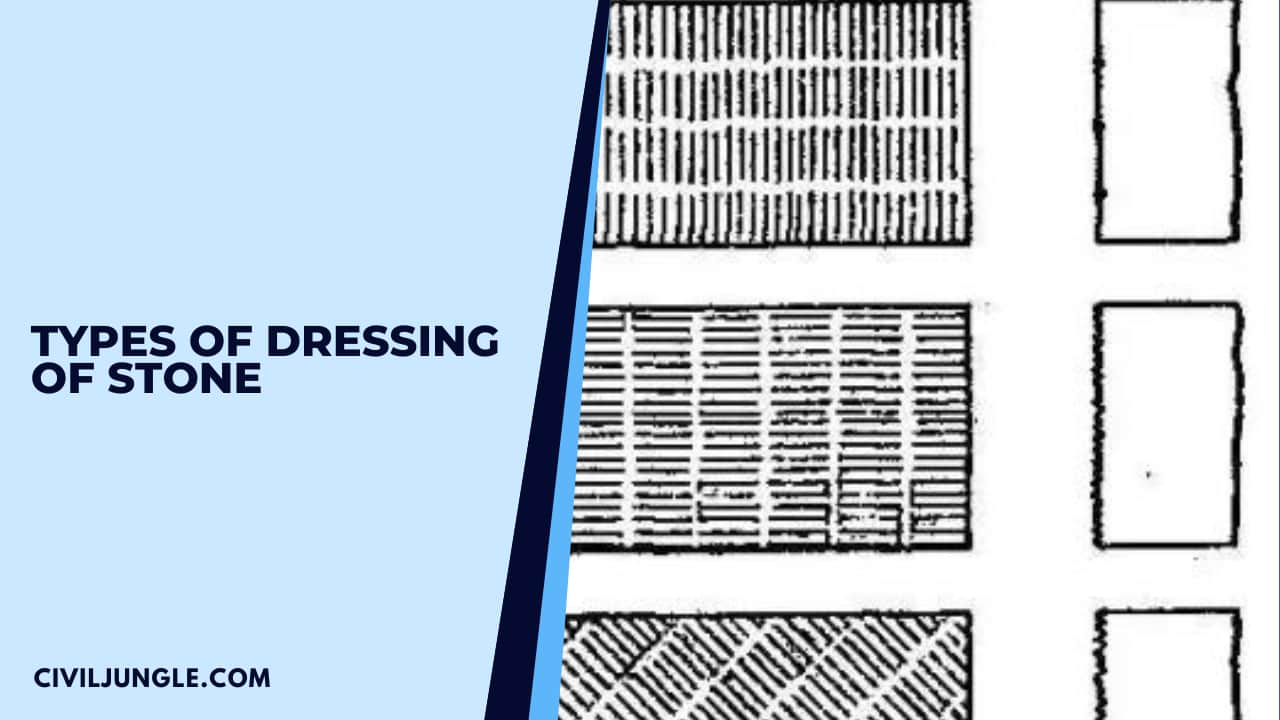
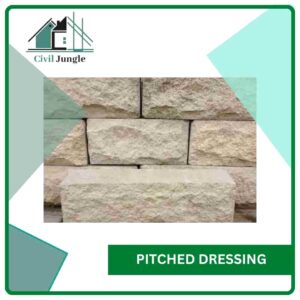

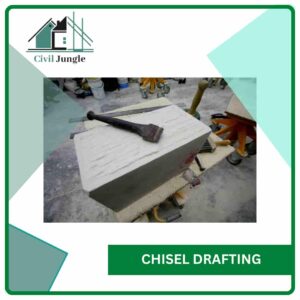

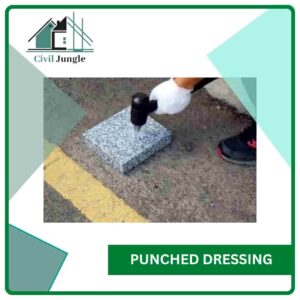
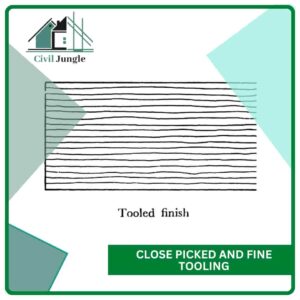
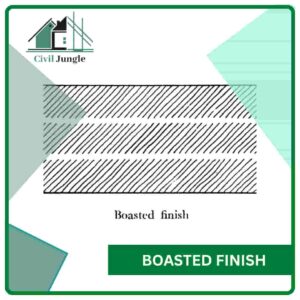
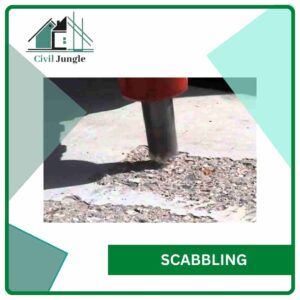
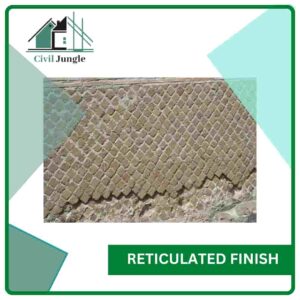
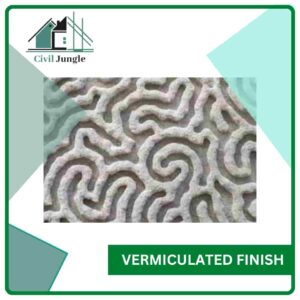

Nice Article,For world most efficient pumps,contact Global Interscope